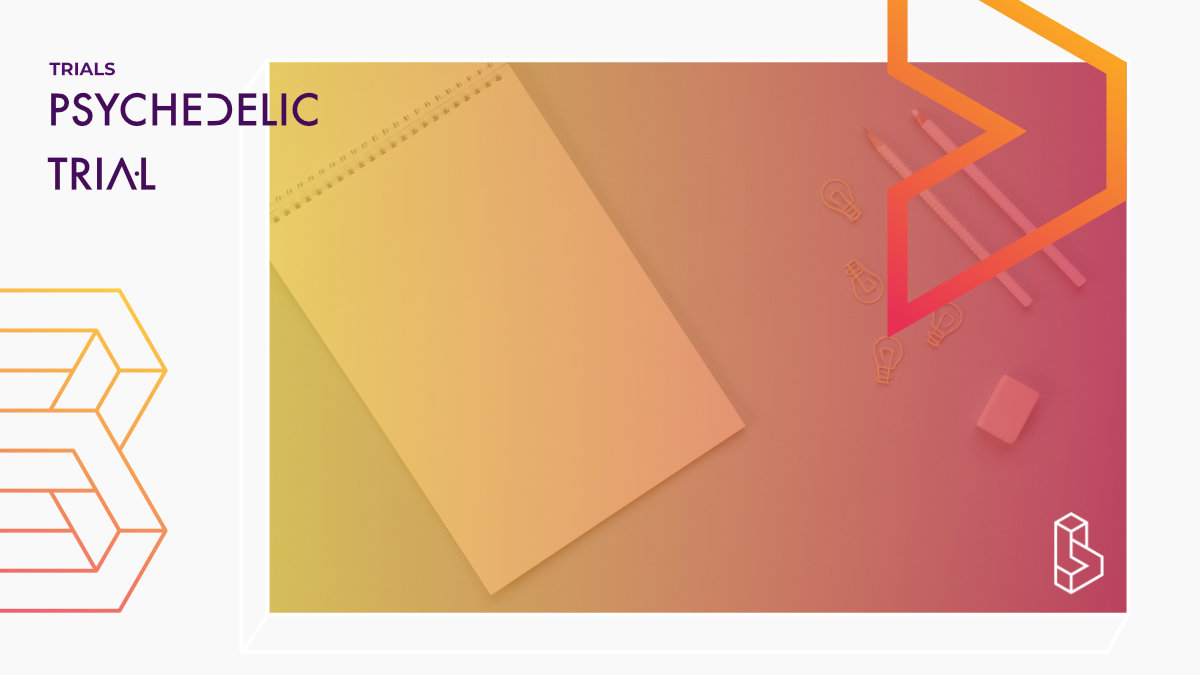Based on the analgesic and antidepressant effects of ketamine, the investigators speculate that esketamine may be effective for patients with chronic visceral pain comorbid depression. At present, the research evidence in this area is relatively lacking.
Therefore, this study aims to explore the difference in the efficacy and safety of esketamine as an adjuvant therapy and positive control drug-pregabalin in patients with chronic visceral pain comorbid depression.
Topic Pain
Depression
Country China
Visit trial
Status
Not yet recruiting
Results Published
Start date
05 January 2021
End date
03 January 2023
Chance of happening
100%
Phase
Not Applicable
Design
Blinded
Type
Interventional
Generation
First
Participants
80
Sex
All
Age
18- 55
Therapy
No
Trial Details
Ketamine is a dissociative anesthetic and powerful analgesic. At low doses, ketamine can desensitize the central pain pathway and modulate opioid receptors. Studies have generally found that preoperative use of ketamine can reduce opioid consumption by approximately 50% and sub-anaesthetic doses of it have a rapid antidepressant effect, especially refractory depression. Studies have confirmed that esketamine, the S(+) enantiomer of ketamine, has a stronger affinity for NMDA receptors, which can achieve the same effect at smaller doses. While the incidence of neuropsychiatric side effects is significantly lower. On March 4, 2019, the U.S. Food and Drug Administration (FDA) first approved esketamine nasal spray with a new mechanism of action for the treatment of adult patients with refractory depression. Based on the analgesic and antidepressant effects of ketamine, the investigators speculate that esketamine may be effective for patients with chronic visceral pain comorbid depression. At present, the research evidence in this area is relatively lacking. Therefore, this study aims to explore the difference in the efficacy and safety of esketamine as an adjuvant therapy and positive control drug-pregabalin in patients with chronic visceral pain comorbid depression. Detailed Description: According to the inclusion criteria and exclusion criteria, select patients with chronic visceral pain comorbid depression. Filtering and grouping period: During this phase, the patient will sign an informed consent form, and then conduct a structured clinical evaluation to determine whether it meets the "depressive disorder" in the DSM-IV-TR diagnostic criteria. According to the ICD-11, determine whether the patients have chronic visceral pain. Acute treatment period: Randomize patients into the following treatment groups: intravenous administration of esketamine (3 groups, 0.125, 0.25, 0.50 mg/kg), and duloxetine is co- administered orally. Pregabalin capsules were administered combined with duloxetine orally. observation period: After 2 weeks, esketamine treatment was discontinued, and observation was continued for 2 weeks. Maintain duloxetine and pregabalin treatment.NCT Number NCT04847245
Sponsors & Collaborators
Peking UniversityPeking University (PKU), also known as the University of Beijing is a public research university in Beijing, China.
Measures Used
Hamilton Anxiety ScaleThe Hamilton Anxiety Scale (HAM-A) was one of the first rating scales developed to measure the severity of anxiety symptoms and is still widely used today in both clinical and research settings.
Hamilton Depression Rating Scale
The Hamilton Depression Rating Scale (HDRS) is a multiple item questionnaire used to provide an indication of depression, and as a guide to evaluating recovery. The scale consists of 17 items which each item being scoring on a 3 or 5 point scale. The higher the score, the more likely a person is depressed.

